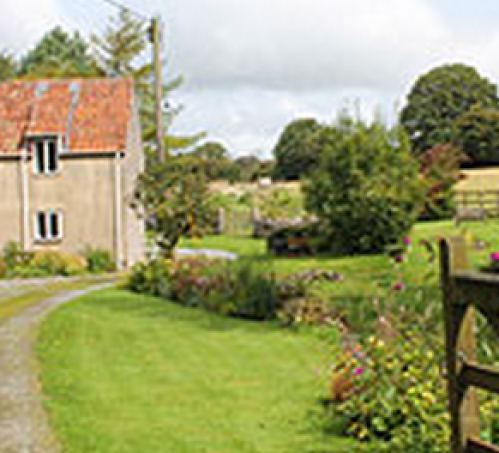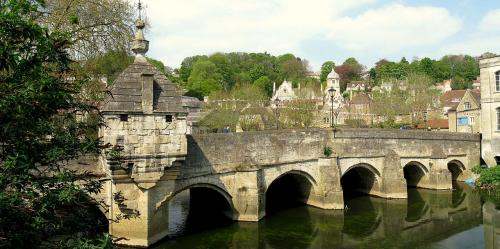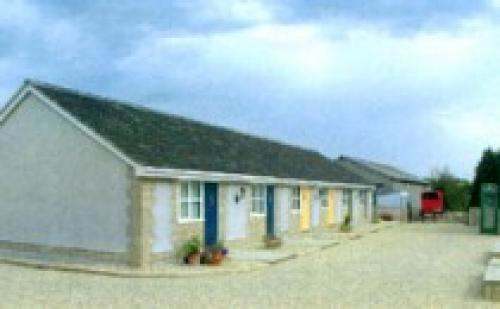

Visit Brunel's Clifton Suspension Bridge, Bristol
The Clifton Suspension Bridge was designed by the British Victorian engineer Isambard Kingdom Brunel in 1830, at the height of the British Empire.
The Clifton Suspension Bridge is probably Brunel's best known creation and one of the most iconic bridges in the world. With a length of 412 m (1,352 ft) the bridge spans the Avon Gorge crossing the River Avon linking Clifton in Bristol to Leigh Woods in North Somerset.
The Story
In 1753 William Vick (a merchant from Bristol) left in his will a lump sum of money (equivalent to £140,000 today) with the instructions that the money should be held until it accrued enough interest (£1,360,000 today) to build a bridge across the Avon Gorge - joining Bristol to North Somerset.
By 1829 William Vick's fund had reached nearly £1,100,000 (today), so a competition was run to design a suitable bridge, with a prize of 100 guineas to the winner. 22 designers entered the competition including world leading bridge designers of the time - William Hazledine, Samuel Brown and William Tierney Clark.
Aged just 23, Brunel had never designed bridge before. He submitted 4 entries to the competition. Leading engineer Thomas Telford judged the competition and rejected all the entries, instead putting forward his own design. However Telford's design was far too expensive and local residents hated it - so that was also rejected.
Eventually extra funds were raised and an act of parliament allowed a toll charge to recoup the costs of the bridge after its construction. In 1831 the competition was run a second time and Brunel (now aged 25) submitted a revised design which was significantly cheaper than Telford's. Brunel gained support from local residents and newspapers but lost the competition - instead the design submitted by Smith and Hawkes was selected. Undeterred, Brunel had a private meeting with one of the judges who shortly changed the decision making Brunel the winner and appointing him the project contract.
Construction on Brunel's design initially began in 1831 but was swiftly halted by unrelated local rioting. The rioting undermined confidence in Bristol's future and investors withdrew their money from the project. Construction was postponed until 1836 when construction officially commenced. However the project ran into financial difficultly and in 1843 the project was interrupted again until further funds could be found.
Many people were still skeptical of Brunel's design and disagreed with his mathematics. Many believed the bridge would simply collapse; Brunel's own father even suggested he change the design - advice he ignored.
Sadly Brunel never got to see his bridge built. Work restarted to complete the bridge in Brunel's honour in 1862 following fresh funding. The design followed Brunel's two stone tower design, but was changed considerably reusing the chains from Brunel's Hungerford suspension bridge in London which had recently been demolished. The bridge was finally opened in 1864, five years after Brunel's death.


See it for yourself!
Today the Clifton Suspension Bridge stands as an iconic monument to Brunel and his accomplishments. An impressive feat of Victorian engineering, this bridge is a must see destination for fans of the great Brunel.
Why not visit the bridge yourself? Come to Bristol! Walk (or even drive) across the bridge and appreciate first hand the shear skill, hard word and determination it took to finally cross the Avon Gorge. Without Brunel and the pioneers of his time, your simply wouldn't be able to cross the river.







